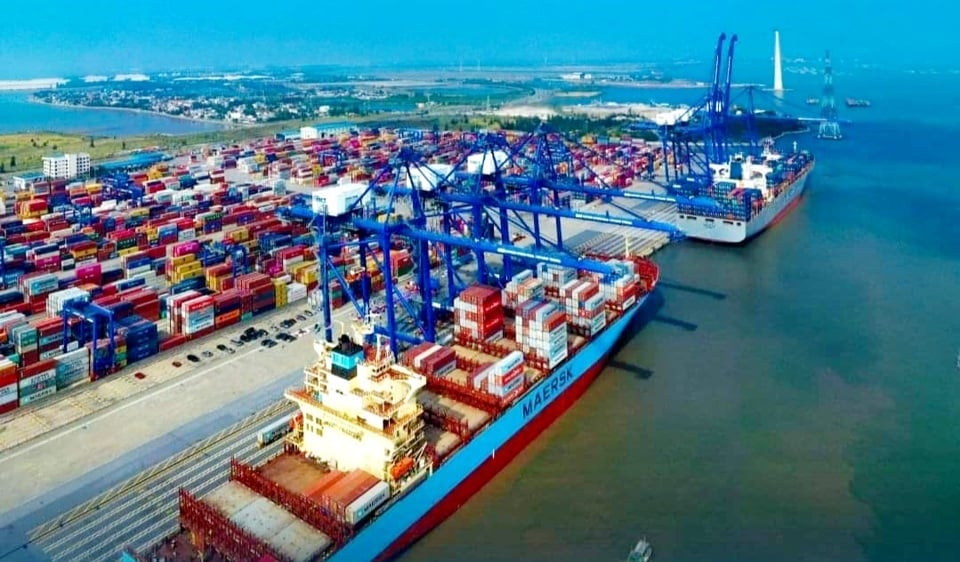
5 seaport groups
According to the Plan, there are 5 groups of seaports including:
Seaport group No. 1 : includes 05 seaports: Hai Phong seaport, Quang Ninh seaport, Thai Binh seaport, Nam Dinh seaport, Ninh Binh seaport.
Seaport group No. 2 : includes 06 seaports: Thanh Hoa seaport, Nghe An seaport, Ha Tinh seaport, Quang Binh seaport, Quang Tri seaport and Thua Thien Hue seaport.
Seaport group No. 3 : includes 08 seaports: Da Nang seaport (including Hoang Sa island district), Quang Nam seaport, Quang Ngai seaport, Binh Dinh seaport, Phu Yen seaport, Khanh Hoa seaport (including Truong Sa island district), Ninh Thuan seaport and Binh Thuan seaport.
Seaport group number 4 : includes 05 seaports: Ho Chi Minh City seaport, Ba Ria Vung Tau seaport, Dong Nai seaport, Binh Duong seaport and Long An seaport.
Seaport group No. 5 : includes 12 seaports: Can Tho seaport, Tien Giang seaport, Ben Tre seaport, Dong Thap seaport, An Giang seaport, Hau Giang seaport, Vinh Long seaport, Tra Vinh seaport, Soc Trang seaport, Bac Lieu seaport, Ca Mau seaport and Kien Giang seaport.
The decision clearly states the objectives and planning contents for each group of seaports mentioned above. In particular, for group 1 of seaports, the target by 2030 is that the cargo throughput will be from 322 million tons to 384 million tons (of which container cargo will be from 13 million TEU to 16 million TEU, excluding international transit container cargo); passengers will be from 281 thousand to 302 thousand passengers. Regarding infrastructure: there will be a total of 111 to 120 ports (including 174 to 191 wharves).
Seaport group No. 2 targets by 2030, cargo throughput from 182 million tons to 251 million tons (of which container cargo from 0.4 million TEU to 0.6 million TEU); passengers from 374 thousand to 401 thousand passengers. Regarding infrastructure: there are a total of 69 to 82 ports (including 173 to 207 wharves).
Seaport group No. 3 targets by 2030, cargo throughput from 160 million tons to 187 million tons (of which container cargo from 2.5 million TEU to 3.1 million TEU, not including international transit container cargo); passengers from 3.4 million to 3.9 million passengers. Regarding infrastructure: there are a total of 80 to 83 ports (including 176 to 183 wharves).
Seaport group No. 4 targets by 2030, cargo from 500 million tons to 564 million tons (of which container cargo from 29 million TEU to 33 million TEU, not including international transit container cargo); passengers from 2.8 million to 3.1 million passengers. Regarding infrastructure: there are a total of 146 to 152 ports (including 292 to 306 wharves).
Group 5 of seaports targets by 2030, cargo from 86 million tons to 108 million tons (of which container cargo by 2030 from 1.3 million TEU to 1.8 million TEU); passengers from 10.5 million to 11.2 million passengers. Regarding infrastructure: there are a total of 85 ports (including 160 to 167 wharves).
Investment capital demand for seaport system by 2030 is about 351,500 billion VND.
The capital investment demand for the seaport system by 2030 is about VND 351,500 billion, including investment capital for public maritime infrastructure of about VND 72,800 billion and investment capital demand for ports of about VND 278,700 billion (including only ports providing cargo handling services).
Total land use demand according to planning until 2030 is about 33,800 hectares (including seaport development areas, Can Gio international transit port area and industrial parks, logistics... associated with the port), of which the seaport is 17,300 hectares.
The total demand for water surface use according to the plan until 2030 is about 606,000 hectares (not including the area of other water areas within the management scope without maritime works of 900,000 hectares).
Priority investment projects
The plan clearly states that, regarding public maritime infrastructure , investment will be made in the construction of the Van Uc - Nam Do Son river channel and the administrative dike system (initial phase); upgrading and expanding the Hai Phong maritime channel (expanding the Ha Nam canal, the Lach Huyen channel section including the turning basin); establishing and dredging the channel to the ports in the Cam Pha area and the Hon Net transshipment anchorage area for ships of 200,000 DWT; upgrading the maritime channel to the ports in the Nam Nghi Son area, Thanh Hoa; renovating and upgrading the Vung Ang maritime channel for ships up to 50,000 DWT and the breakwater system (phase 2); renovating and upgrading the Cua Viet maritime channel for ships up to 5,000 DWT and the sand-blocking dike system; renovating and upgrading the Chan May maritime channel for ships up to 70,000 DWT; investing in expanding the "S" curve of the Cai Mep - Thi Vai channel.
In addition, investing in the construction of the sand-blocking dyke system in Diem Dien and Cua Gianh channels; investing in completing the embankment to protect the banks of Quan Chanh Bo channel, including the political embankment; investing in the construction of public infrastructure for the Tran De offshore port (channel, breakwater, sea-crossing bridge); investing in lighthouses on islands and archipelagos under Vietnam's sovereignty, infrastructure serving the work of ensuring maritime safety such as: storm shelters, coastal information stations, maritime traffic monitoring and coordination system (VTS), specialized search and rescue vessels operating offshore; investing in the construction of public service wharves, facilities serving specialized state management tasks.
Regarding seaports , from wharf No. 3 to wharf No. 8 in Lach Huyen wharf area will be put into operation; wharfs in Lien Chieu wharf area, main wharfs of type I seaports; tourist wharfs, international wharfs and marinas associated with dynamic tourism development areas; large-scale wharfs associated with coal, gas, petroleum and metallurgical power centers; wharfs serving coastal economic zones; calling for investment in wharfs at potential seaports Van Phong and Tran De. Investing in the starting wharf in Nam Do Son wharf area (Hai Phong), wharfs in Cai Mep Ha area; Can Gio international transit port (Ho Chi Minh City) and Tran De wharf area (Soc Trang).
Solutions to implement the Planning
The Decision clearly states that planning solutions must be implemented according to Decision No. 1579/QD-TTg dated September 22, 2021, focusing on implementing the following solutions:
– Perfecting mechanisms and policies on investment management and exploitation of public and specialized maritime infrastructure from non-state budget capital sources to ensure maritime safety and security, effective exploitation, and meet the common development needs of seaports.
– Develop and promulgate mechanisms and policies for using revenue from leasing and exploiting seaport infrastructure invested with state budget to build public maritime infrastructure.
– Review, supplement and amend specific regulations on collecting fees for using seaport infrastructure in the direction of not collecting infrastructure fees for collecting and withdrawing goods by inland waterways to promote inland waterway transport capacity and reduce pressure on road transport.
– Perfect the mechanism for organizing and supervising the implementation of planning in the direction of enhancing the role of specialized state management agencies in seaport investment activities to improve the effectiveness and efficiency of planning management.
– Review, amend, supplement and perfect current regulations on maritime statistics to ensure scientific and unified nature, timely serve specialized state management work, meet the information needs of organizations and individuals and international integration requirements. Research to form a specialized maritime data center, enhance the application of science and information technology to improve the efficiency and quality of statistical work.
– Review and adjust relevant sectoral plans to maximize the use of river banks in accordance with changes in natural conditions, hydrology, water levels, flood flows, and current flood drainage capacity to expand and increase land funds for investment in construction of public-purpose transport projects and works (inland waterway ports, seaports, dry ports and auxiliary works such as warehouses, yards, operating houses, etc.); meet the growth in transport demand through the waterway and maritime systems; promote the advantages and potential of the river system connecting to seaports, reducing the load on the road transport system.
– Research the investment management mechanism and exploitation of dredged material storage areas at seaports. Prioritize areas oriented for seaport planning to store dredged material, create seaport space to maximize resource utilization.
– Review, revise and promulgate policies to encourage investment in seaports with green and smart port models, using clean technology and fuel, ports, tourist ports (passenger ports, marinas) closely linked to dynamic tourism areas and tourist area systems. Apply advanced technology, reduce emissions according to regulations. Research and develop technology using electricity, green energy, reduce emissions. Improve the ability to collect wastewater and waste at ports, shipbuilding and repair facilities, means of transport adapting to climate change and commit to net emissions of "0" by 2050.
– Research and consider state investment in a number of major and important ports that need to be held and managed in the process of calling for, attracting, and considering investment policies for seaport construction investment projects.








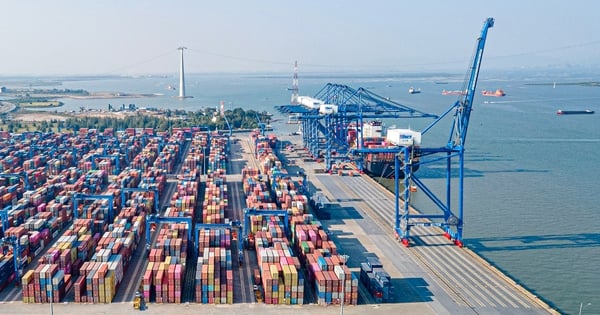


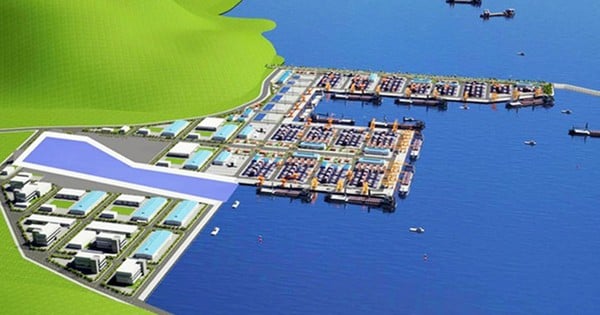
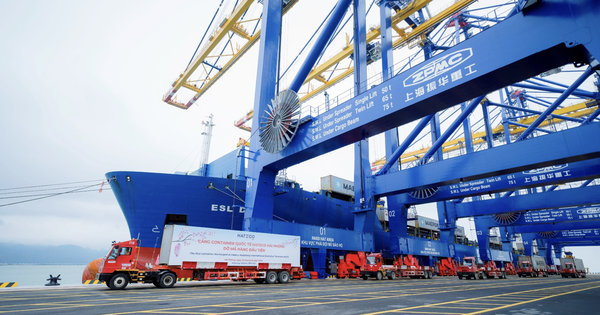
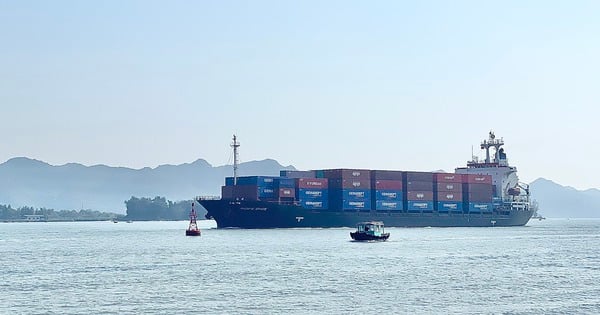
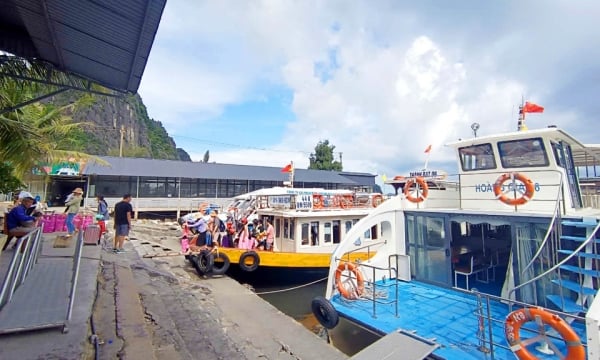








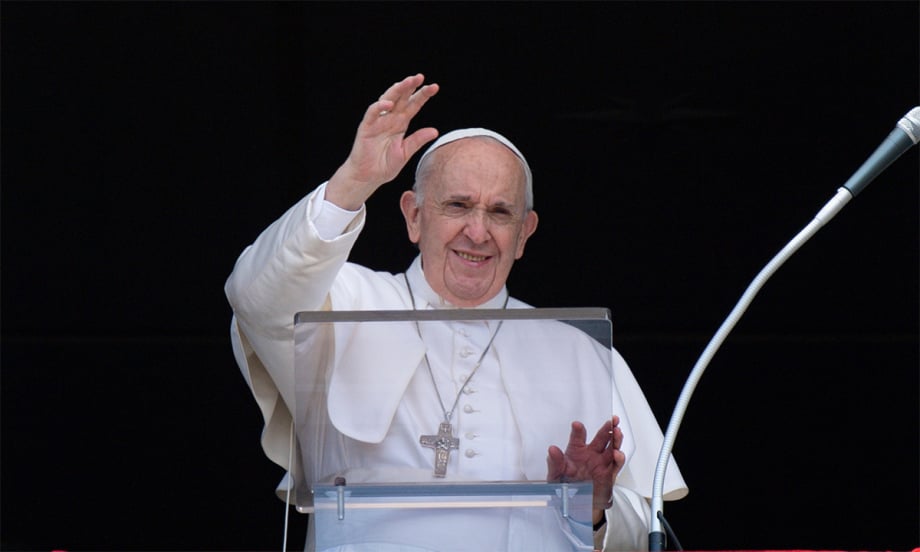











Comment (0)